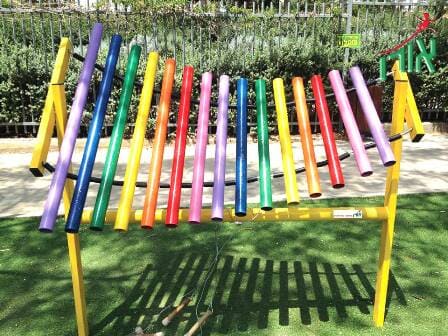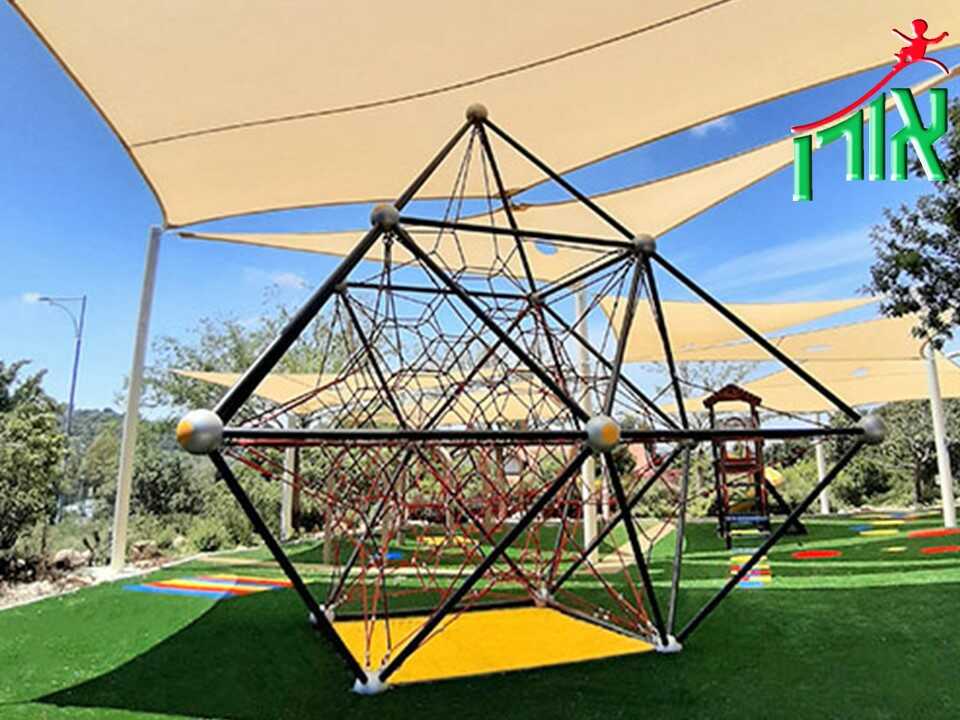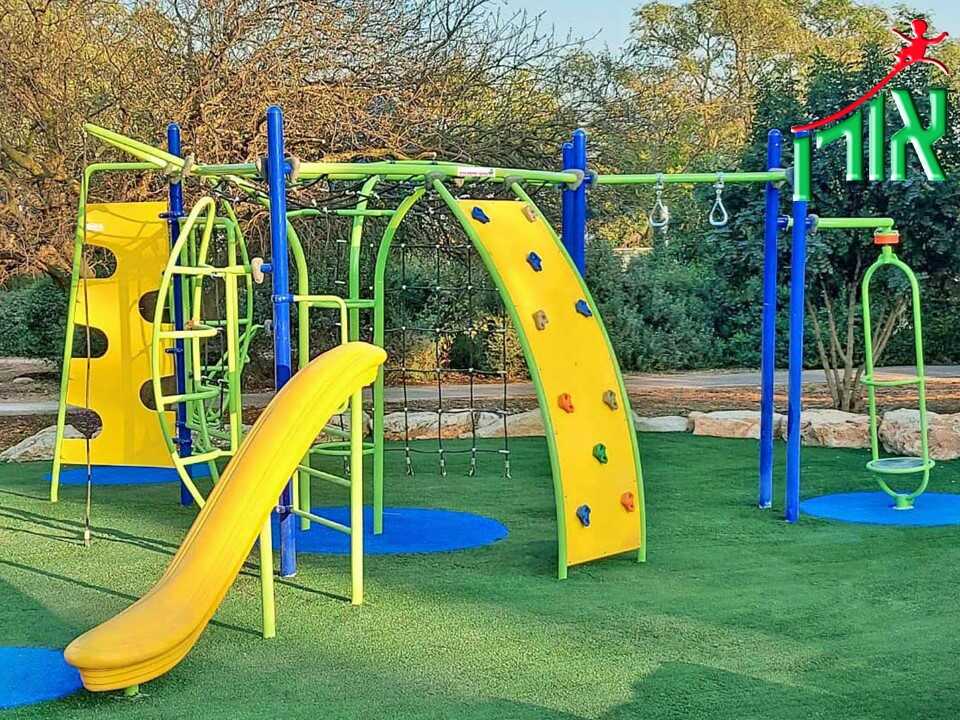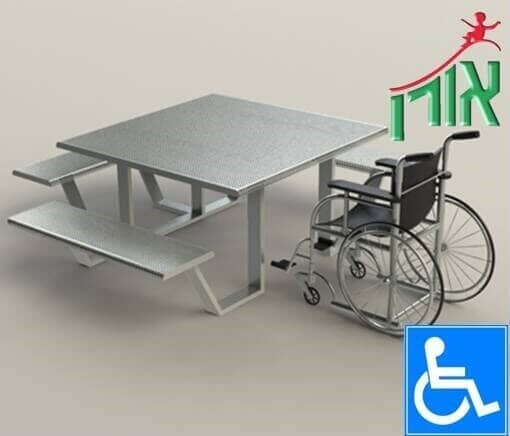In conclusion, planning a quality playground requires broad thinking and true adaptation to the needs of children. Facilities should challenge children according to their age, and encourage social interaction through structure and design. A combination of complementary play equipment allows for shared play between children and parents, creating a diverse and enriching experience. On the other hand, unsuitable facilities may cause reluctance and harm the enjoyment of the game. A successful playground is one that activates the body, encourages connections and invites children to come back and play in it – again and again.
Search





